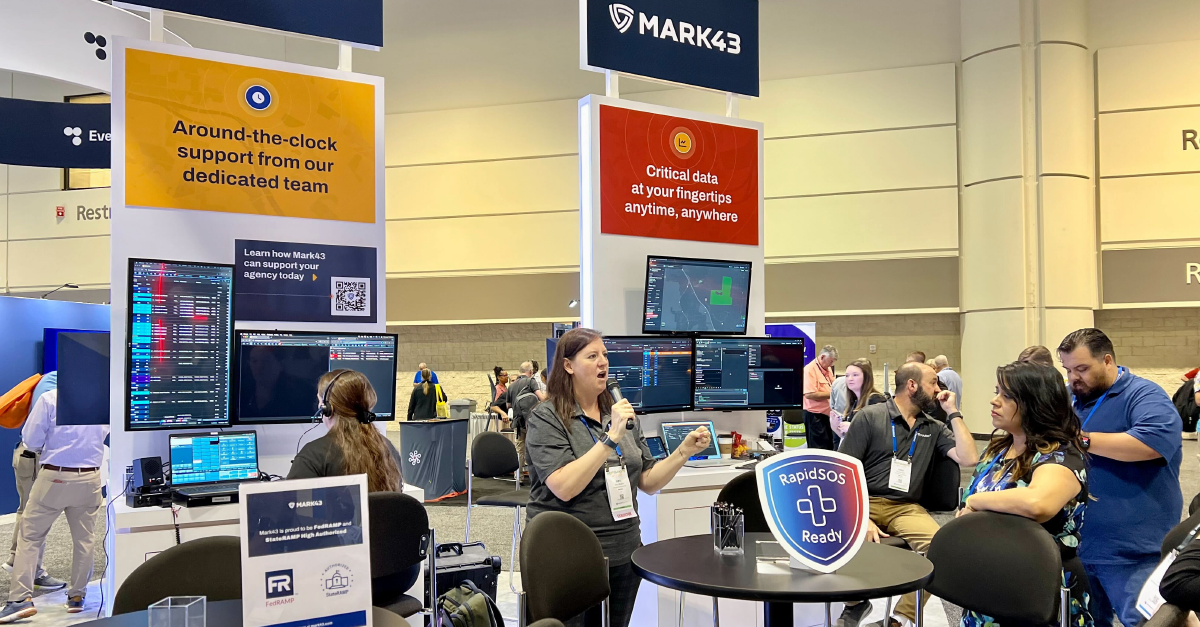
The ongoing opioid epidemic in the United States now poses one of our nation’s most serious public health challenges. The crisis affects people from every walk of life, regardless of race, age, or financial background.
In 2017, an estimated 1.7 million Americans had substance use disorders related to prescription opioids, with another 11.1 million misusing prescription opioids.
Consider that in a year when New York City had 335 homicides and 220 traffic fatalities it also had 1,100 fatal opioid-related overdoses and you begin to understand the scope of the crisis. More than 130 people die every day in the United States from opioid-related drug overdoses.
First responders, including fire, police, and EMS, are on the front lines of this epidemic. As of March 2018, for example, a total of 2,300 law enforcement agencies in 42 states had a Naloxone rescue program—a safe, effective, and easy-to-administer drug that counteracts an overdose.
The key to understanding the opioid risk in your community is proactive policing and understanding the numbers on the ground. What is the “who, how, when, and where” of these overdoses? How are they tracked? What can this data tell you about patterns, and what can it suggest for prevention strategies?
How Data Can Save Lives in the Opioid Crisis
The opportunities today to leverage accurate, near real-time data to combat the opioid epidemic are profound. In ways never before possible, the data in a department’s Records Management System (RMS) can be used to track fatal and nonfatal drug overdoses, develop systems and strategies for detecting the beginnings of a community opioid crisis, and use historical data to more effectively deploy resources based on current and projected need. Likewise, data shared between agencies can ensure the rapid deployment of both public health and public safety resources to high-priority areas.
Frontline Officers Are Your Best Source of Data
Every officer’s interaction with the public is an opportunity to build a more robust data picture of the situation in the communities they police. The quality of this community data relies solely on the department’s RMS and its patrol force.
In a typical arrest report, 70% of the information is gathered by the arresting officer. Unfortunately, most officers don’t have the ability to quickly and completely record this information directly into their RMS from the field. Functionality like required fields, spell check, dropdown fields, checkboxes, and field validations within an RMS all help offset the risk of human error while ensuring the data is still accurate. Unfortunately, most RMS have historically been cumbersome, confusing, and time-consuming to use.
Additionally, many RMS lack configurability that allows for the kind of tailored data collection that yields the most significant insights into the local realities of the opioid epidemic.
How Mark43 RMS Can Help
Mark43 RMS—a flexible, cloud-based, configurable RMS solution—is optimized to allow patrol officers to quickly and accurately capture incident information from the field so records admins and analysts can focus on putting that data to work.
Featuring the ability to configure fields for specific short-term objectives or long-term priorities like opioids, the potential wealth of granular data on crime, locations, property, and people available to first responders via Mark43 RMS is hard to overvalue.
Mark43 RMS can be configured to identify an individual’s history of opioid use, preparing officers to be ready to respond on scene with Naloxone in case of overdose. Likewise, Mark43 RMS can track the use of Naloxone to reverse overdoses, and track overdose follow-up visits and harm reduction outreach. Post-overdose follow-ups are most effective with 24–72 hours, and Mark43 RMS can indicate whether such a visit has been made and remind officers to conduct one. Checkboxes can be configured to indicate when an individual’s case has been referred to a social worker or a treatment program.
Complete, accurate data keeps officers safe, and Mark43 RMS allows for accurate data tracking that informs and prepares officers approaching situations with RMS history. With Mark43 RMS optimized for patrol, departments can better prepare officers for the streets and fuel stronger resource allocation to address needs where they are greatest.
While most departments struggle to keep track of incident data in multiple systems and handwritten logs, Mark43 RMS finally puts everything in one place. This eliminates information silos so that all stakeholders can have a full, accurate picture of the situation on the ground, based on the complete data available. When departments can analyze and share what’s happening in their jurisdiction accurately and based on data, law enforcement can work more effectively to keep our communities safe.
Are you considering a new RMS for your department and don’t know where to start? Shoot us an email at info@mark43.com. We’d be happy to share more best practices on crime data collection.





